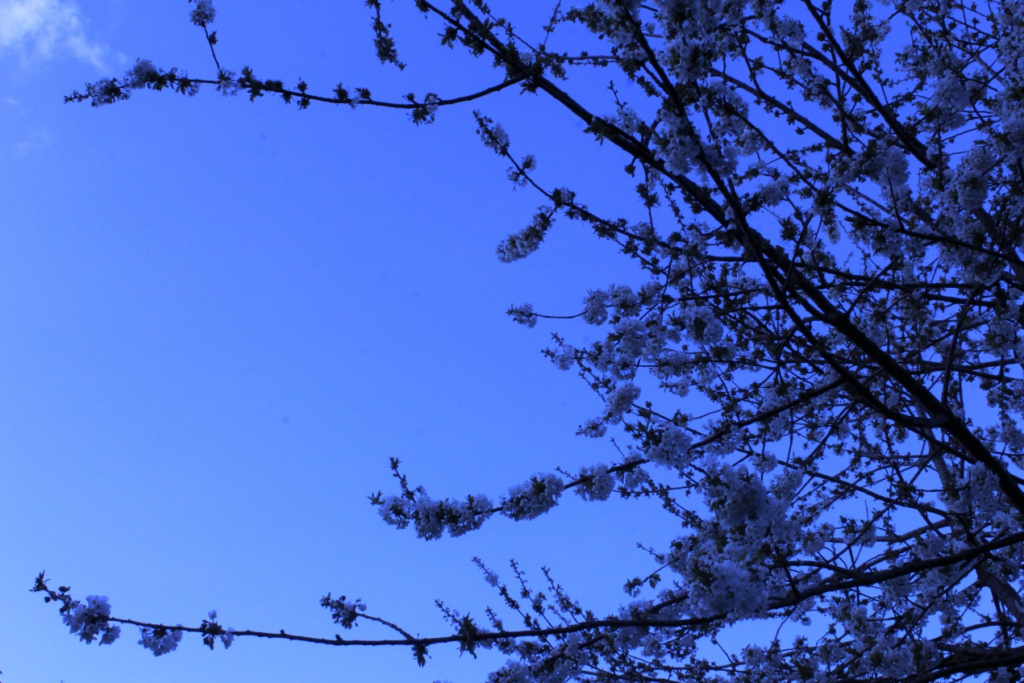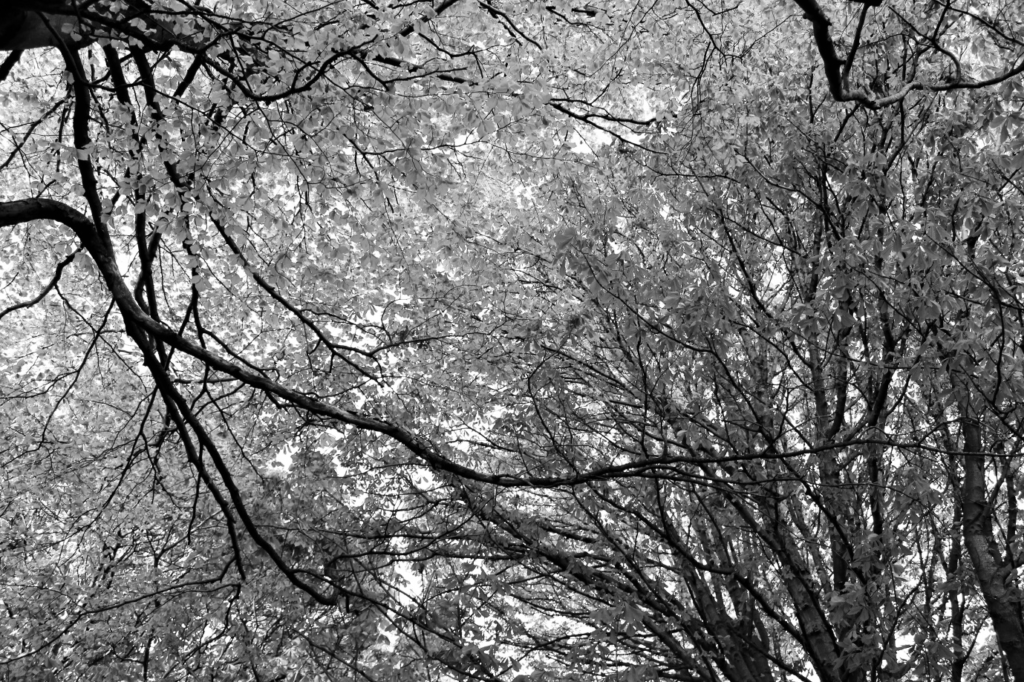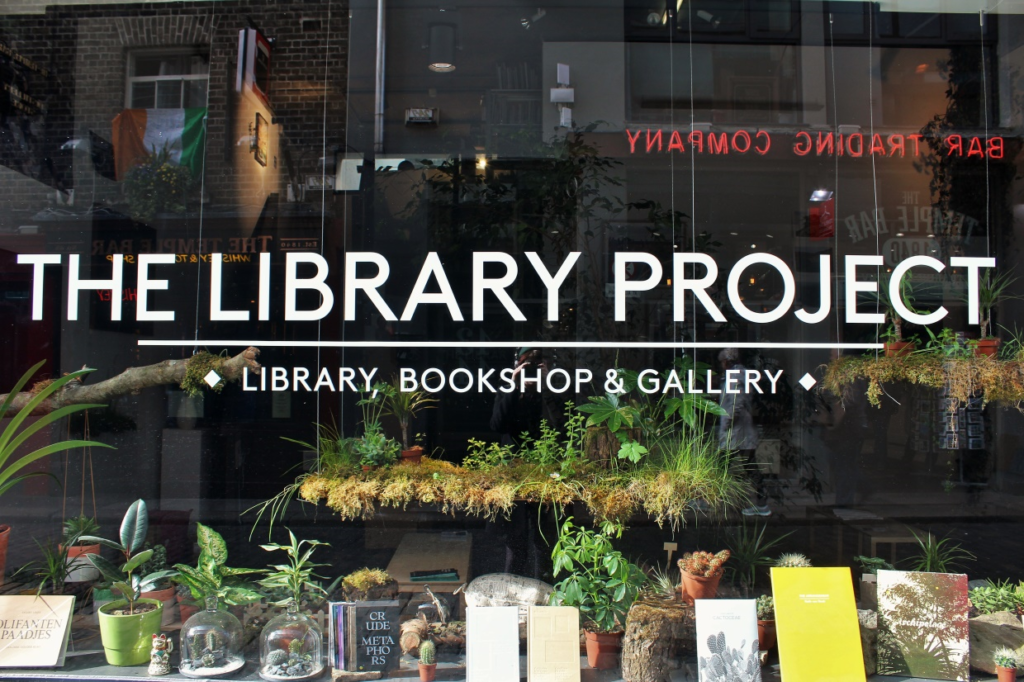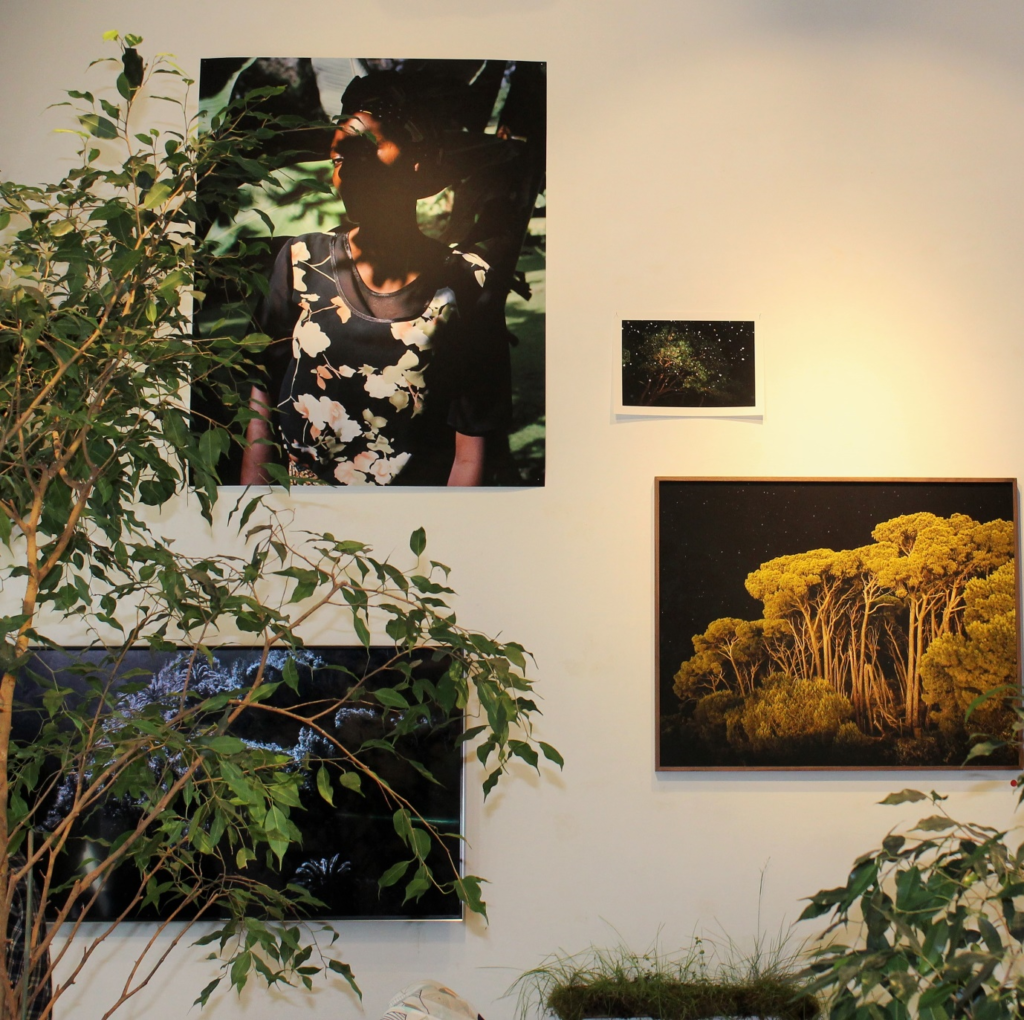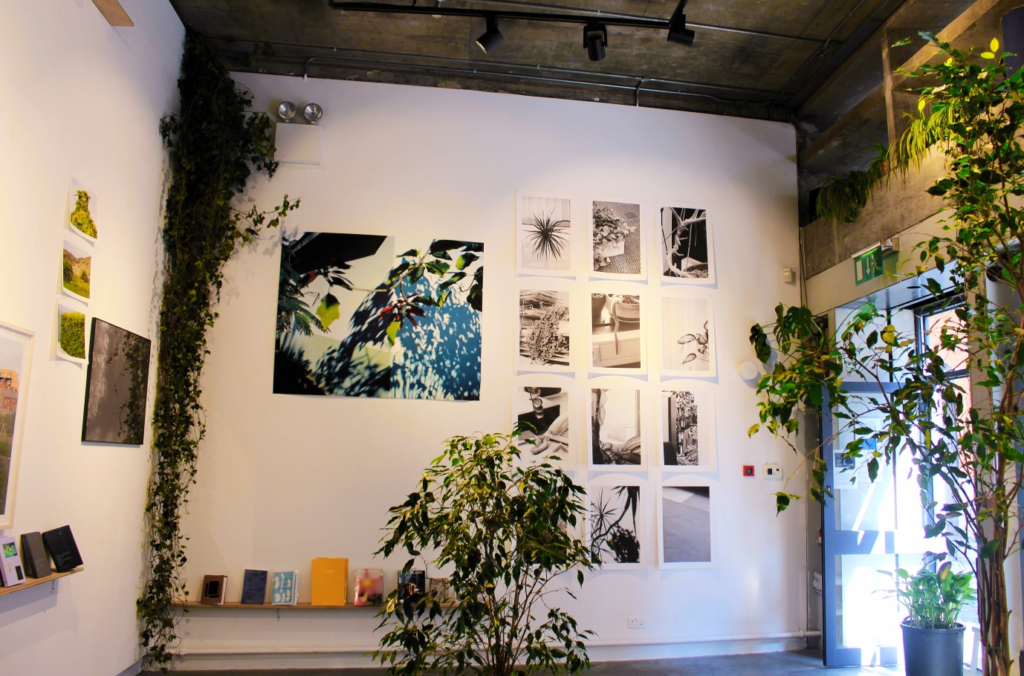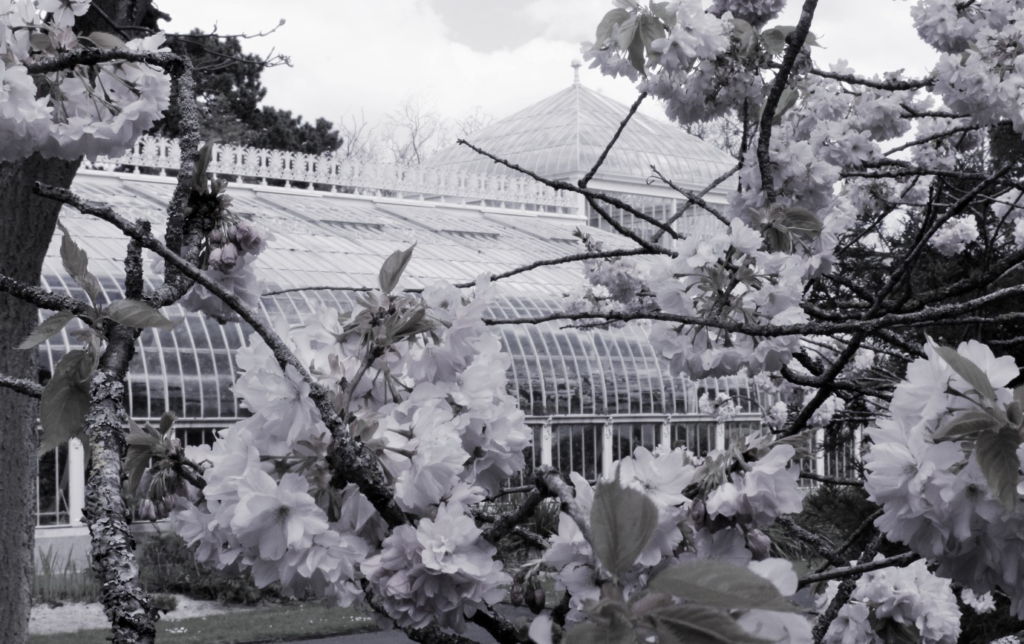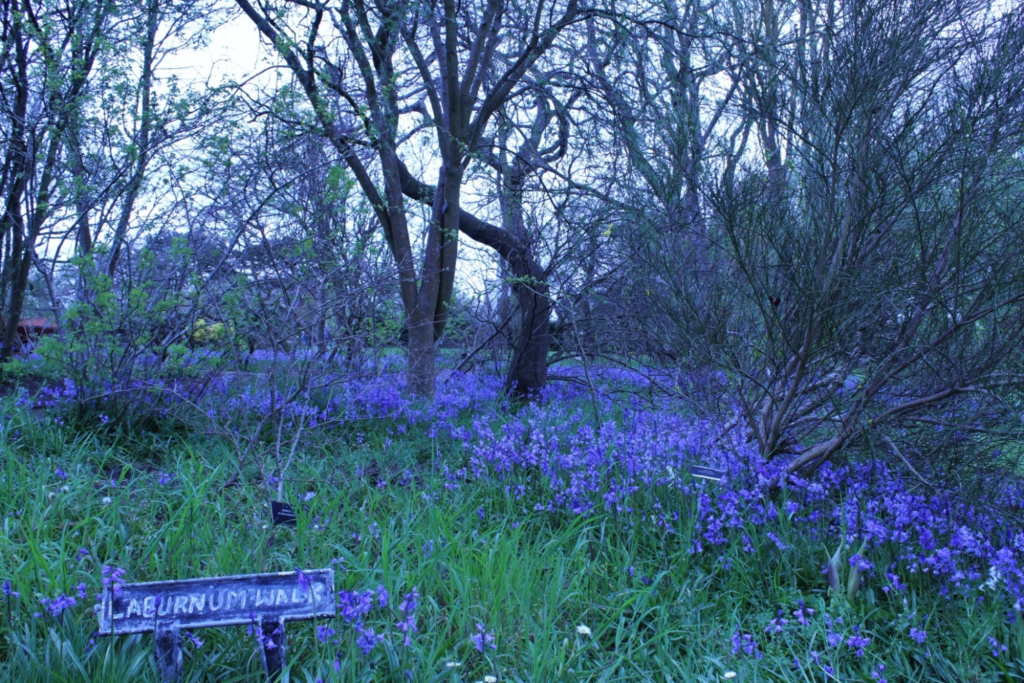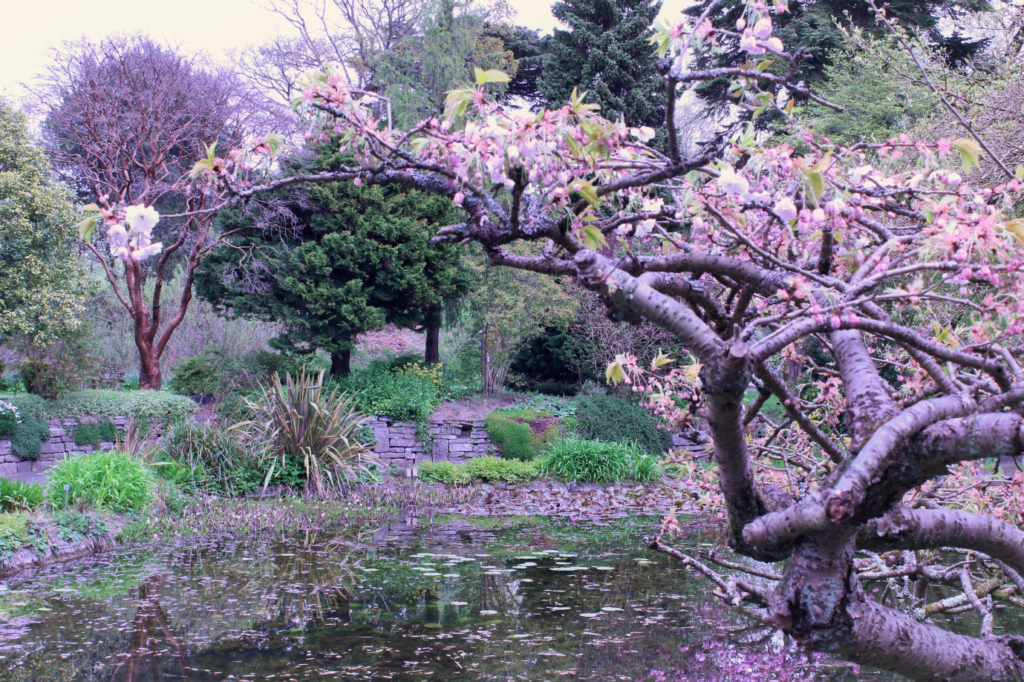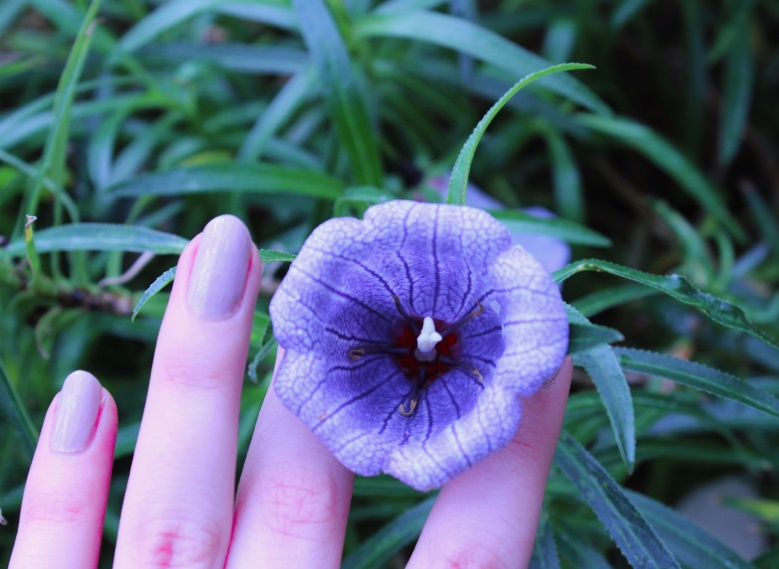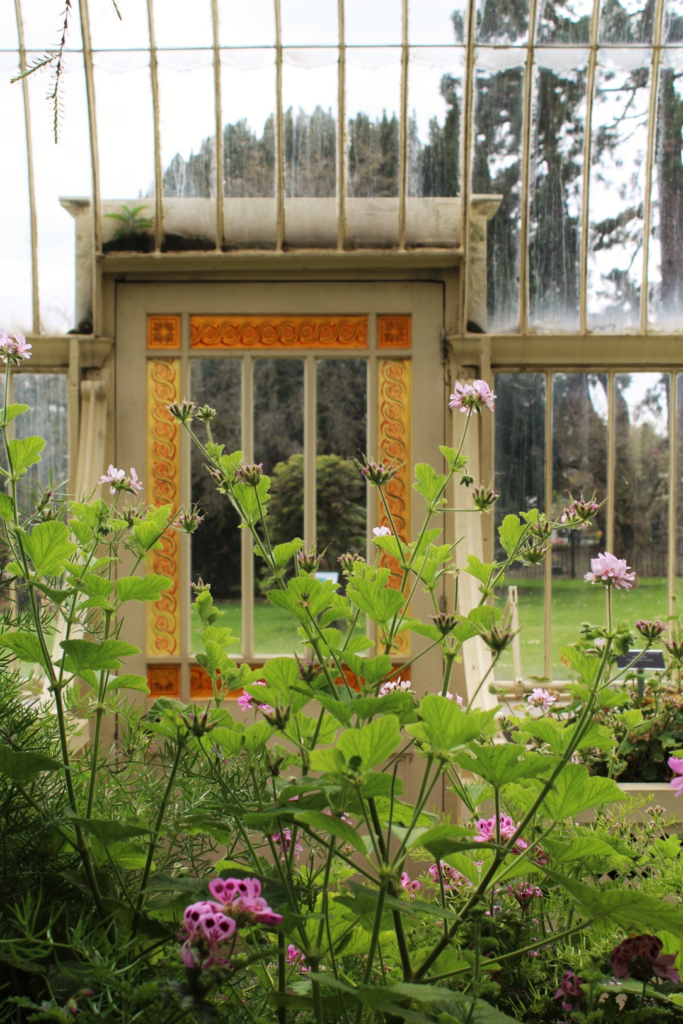Aligning Positivity and Plant Growth
[A Visual Essay by Jessica McKinney]
“They travel long distances to stroll along the seashore, for reasons they can’t put into words.”
-Edward O. Wilson
Certainly living in the bustling city centre of Dublin is exciting however increasing urbanization lends itself far too easily to a distinct separation from constructive aspects of the natural world. It is important to remember the benefits of aligning yourself with nature, in this case refreshing May blooming, which is undeniably advantageous for individual optimism and positive mental health. To help combat the distance prompted by our ever expanding metropolis, whilst revitalizing the populace in turn, there are several city based projects working to reintroduce the important presence of the environment. Indeed the calming influence of nature intermingled within an urban setting is infinitely applicable to a sanguine way of life.
We exist in a time in which more people live in built-up areas than ever before. Christopher Dye remarks on the trend in Health and Urban Living, stating that the 50% of the population currently in metropolitan spheres and is set to increase to 70% by 2050. Although urbanisation certainly has its benefits it has been linked to increased levels of stress and anxiety in daily life. These observations have in turn sparked research interest corresponding to the downfall in areas of natural expansion.
A recent Stanford-led study published in Proceedings of the National Academy of Science found that walking in a natural area, as opposed to a high-traffic urban setting, distinctly helped to combat negative rumination. In short rumination is a maladaptive pattern of negative self-referential thought, a known associate of mental illness particularly depression. Co-author Gretchen C. Daily highlighted the importance of circulating such information to promote affirmative environments “These results suggest that accessible natural areas may be vital for mental health in our rapidly urbanizing world/Our findings can help inform the growing movement worldwide to make cities more livable, and to make nature more accessible to all who live in them.”
Incorporating nature in habitual activities is known not just to improve positivity, but also support memory and increase attention span. One distinct hypothesis, Biophilia, suggests that there is an instinctive bond between human beings and other living systems. The term was popularized by writer Edward O. Wilson in the release of his book Biophilia in 1984. Concisely he defines the term as “the urge to affiliate with other forms of life”. These concepts strengthen the notion of taking time to appreciate the natural forms of life that surround you. The combination of exercise whilst observing gentle summer flora is transformative, humbly yielding great health benefits whilst presenting wider perspectives.
“To experience biophilia is to love a diversity that, as limitless as it is fragile, both haunts us and fills us with hope.”
– Adam Leith Gollner
One such flora positive event entitled Phototropism recently occurred in The Library Project of Temple Bar. The installation brought together photography and literature from ranging artists, impishly nestled among a thriving botanical collection. On entering the peaceful space you cannot help but be transported. It invokes the sense of an overgrown library, of nature boldly reclaiming one of the busiest corners in the city centre.
The exhibition derived its name from the biological term describing the natural orientation of a plant responding to light. The movement is comprised of two extremes, described as either positive or negative phototropism depending on whether it grows toward or away from the source of light. The exhibition was curated by Steven Maybury and Ángel Luis González Fernández, receiving support from the Temple Bar Cultural Trust and Dublin City Council.
The collection involved works from Ruth van Beek, Ciarán Óg Arnold, Saskia Groneberg, Viviane Sassen, Miriam O’ Connor, Awoiska Van Der Molen, Paul Gaffney, Jan Dirk Van Der Burg, Gerry Blake, Enda Bowe and Eoin Moylan. Several examples from the patchwork of literature featured included Houseplants Covered with Snow, On Flora, Living with Plants, and magazines like The Plant. Complementing these creations was a potpourri garden, embracing a selection of cacti and succulents.
Another more permanent environmental feature of the city is the impressive presence of the Botanic Gardens in Glasnevin. The grounds were originally founded in 1795 and were intended to promote scientific agricultural studies. Composed of faithfully restored Victorian glass houses, the gardens provide a fixed sphere to study, conserve, and bask in floral luminosity. The collection includes 300 worldwide endangered species as well as 6 species already extinct in the wild.
The proprietors of the gardens are enthusiastic regarding educational insight as part of ecological appreciation. Through demonstration talks they provide a broad range of information on exotic plant collections, aiming to increase civic awareness of plants and their global significance. Upcoming events hosted at the gardens include; Feasting from Nature’s Plate which depicts a celebration of edibles in summer months, The Cactus and Succulent Show on 21st & 22nd of this month, a set of plays from Shiva Productions regarding contemporary Ireland and titled Angels in the Gardens II on the 18th-19th June, and finally the An Óige Annual Photography Exhibition which runs from June 15th – 26th.
Undoubtedly the options for quenching one’s floral appetite have expanded with the good weather. As a result I decided to avail of their Bloomin’ Summer guided tour which occurs daily throughout the month of May. The gentle ream of information introduced another level of the appreciation for this miscellany. The pungency beyond the gates is nothing short of revitalizing, reuniting collections of plants from around the globe to form a veritable Gondwanaland-ian tribute.
Each growth is assorted and housed in accordance to its plant family, with these groupings further characterized by their individual flower. The majority of these blooms evolve in tandem with their pollinators, their colours and shapes relating to that of their supporting creatures. For example pale plants, incidentally often the strongest smelling, are pollinated by nocturnal creatures like moths. In turn vibrant flowers are pollinated by colourful animals like butterflies. The Campanulaceae is one plant of particular pollinary distinction, dripping vibrantly red pollen as a result of its pollination by geckos.
The natural world is endlessly delightful, eccentric, and always pleasantly surprising to incorporate into your routine. For many people summertime presents not just a break from the pressures of working life, but the opportunity to re-centre themselves. Surely one aspect of self-care this summer should include appreciating local environmental thriving, breathing life into the idea of ‘flower power’. Information pertaining to simple and accessible ways to positively ease mental health difficulties ought to be widely shared, particularly in sight of recent reductions to the mental health budget in Ireland. More often than not there is no quick fix but like the plants we too can grow together.
©Words and images by Jessica Mc Kinney

